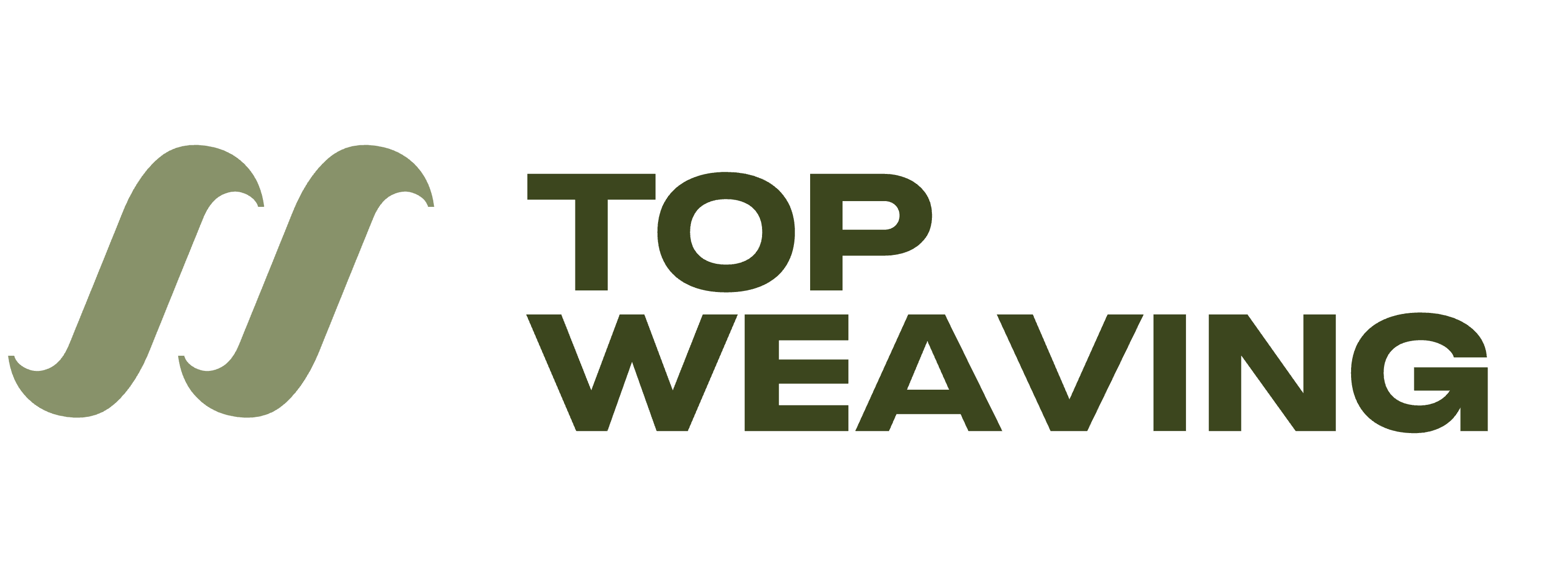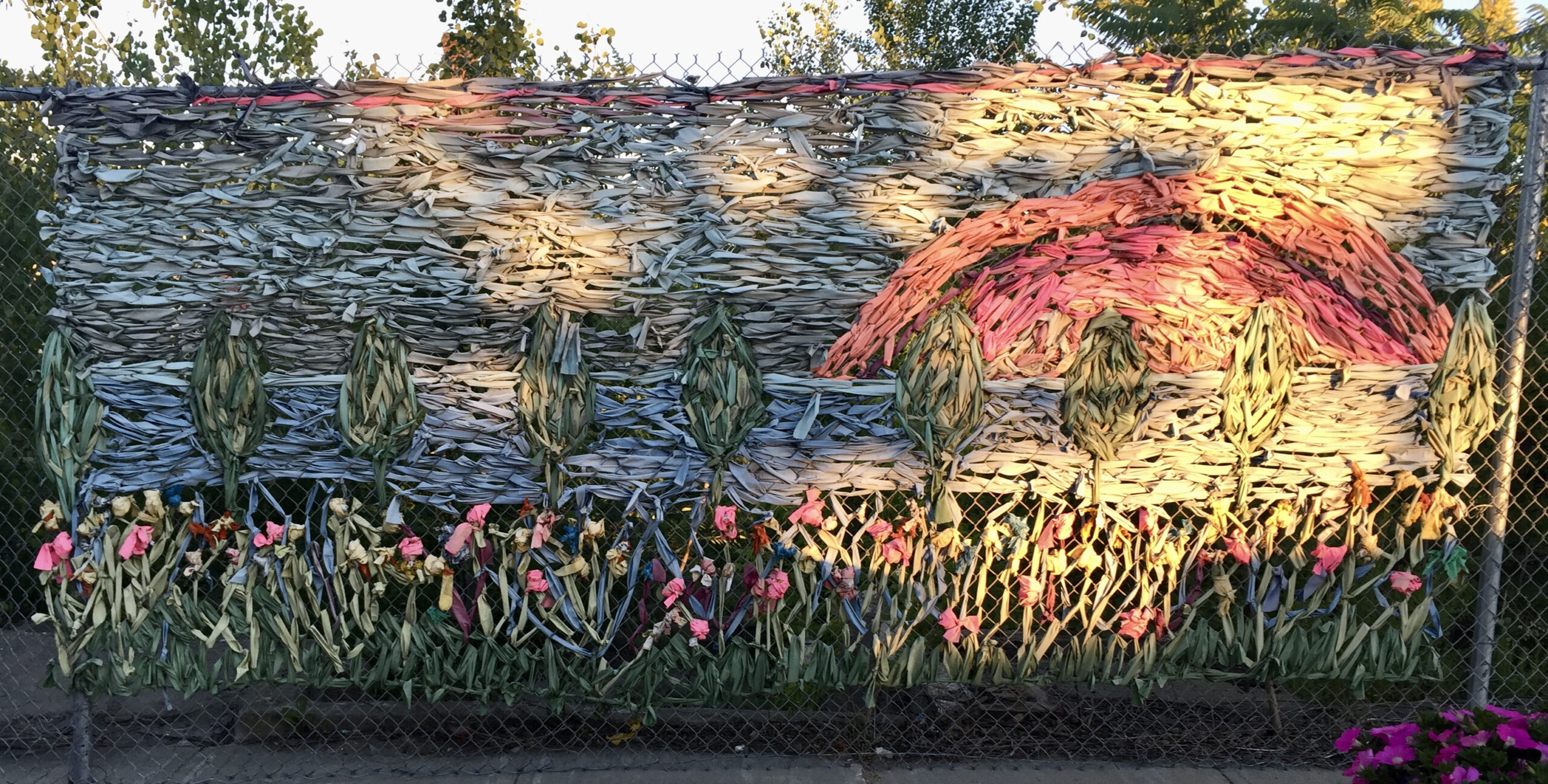Fence weaving is a unique and creative way to enhance the appearance of your yard or garden. It involves weaving various materials through the gaps in a fence, creating a beautiful and intricate design. Not only does fence weaving add aesthetic appeal to your outdoor space, but it also provides privacy and security.
The importance of fence weaving cannot be overstated. In today’s world, where privacy is often compromised by nosy neighbors or busy streets, having a well-woven fence can make all the difference. It creates a barrier that not only keeps unwanted eyes out but also adds an element of beauty to your property.
Key Takeaways
- Fence weaving is a technique used to create a unique and decorative fence.
- Choosing the right materials and tools is crucial for successful fence weaving.
- Basic weaving techniques can be learned easily with step-by-step instructions.
- Advanced weaving techniques allow for more intricate patterns and designs.
- Maintaining your woven fence is important for its longevity and appearance.
Choosing the Right Materials for Fence Weaving: A Beginner’s Guide
When it comes to choosing materials for fence weaving, there are several options available. The most common materials used include natural fibers such as bamboo or willow branches, as well as synthetic materials like plastic or metal strips.
When selecting materials for your woven fence project, there are several factors to consider. First and foremost is durability – you want materials that can withstand different weather conditions without deteriorating quickly. Additionally, consider the aesthetic appeal of the material and how it will complement your existing outdoor decor.
Tools You’ll Need for Fence Weaving: A Comprehensive List
To successfully weave a fence, you’ll need some essential tools at hand. These include pruning shears or wire cutters for trimming branches or cutting wires; pliers for bending metal strips; gloves to protect your hands from splinters or sharp edges; and a ladder if you’re working on taller fences.
| Tool | Purpose |
|---|---|
| Weaving Material | Choose a suitable material like willow, bamboo, or vines |
| Loppers/Pruners | Trim and prepare weaving material |
| Wire or Twine | Secure the weaving material to the fence |
| Work Gloves | Protect hands during handling and weaving |
| Tape Measure | Measure and cut weaving material accurately |
| Pliers | Assist in securing wire or twine tightly |
| Wire Cutters | Cut wire to the desired length |
| Scissors | Trim excess weaving material |
| Eye Protection | Safeguard eyes from debris while cutting or weaving |
| Protective Clothing | Wear appropriate clothing for comfort and safety |
| Ladder | Reach higher areas of the fence |
| Wooden Dowels | Optional for creating patterns or designs |
| Spray Sealant/Paint | Optional for protecting and decorating the woven fence |
In addition to these basic tools, there are optional tools that can help you achieve more advanced techniques in fence weaving. These may include specialized clamps or clips designed specifically for securing woven materials together more effectively.
Preparing Your Fence for Weaving: Cleaning and Repairing
| Task | Description |
|---|---|
| Cleaning | Remove dirt, debris, and rust from the fence using a wire brush or pressure washer. |
| Repairing | Fix any broken or damaged parts of the fence, such as loose wires or bent posts. |
| Painting | Apply a coat of paint or rust inhibitor to protect the fence from further damage. |
| Weaving | Begin weaving the fence using the appropriate technique and materials. |
| Maintenance | Regularly inspect and maintain the fence to ensure it remains in good condition. |
Before starting any weaving project on your existing fence, it’s crucial to clean the fence thoroughly. Remove any dirt, debris, or loose paint that may hinder the weaving process. A power washer or a simple scrub brush and soapy water can do wonders in restoring your fence’s original appearance.
Furthermore, inspect your fence for any damages that need repair before weaving. Loose boards, broken wires, or rusted metal strips should be fixed to ensure a sturdy foundation for your woven design. Taking the time to prepare your fence properly will result in a more successful and long-lasting weaving project.
Basic Weaving Techniques: Step-by-Step Instructions for Beginners
Now that you have chosen the right materials and prepared your fence, it’s time to learn some basic weaving techniques. One of the simplest methods is called “over-under” weaving. Start by inserting one end of your material over one vertical post and then under the next post. Repeat this pattern until you reach the end of the row.
Another technique is called “twining,” which involves twisting two strands together as you weave them through the gaps in your fence. This creates a stronger bond between materials and adds an interesting texture to your design.
Advanced Weaving Techniques: Taking Your Fence Weaving to The Next Level
Once you have mastered the basic techniques, it’s time to take your fence weaving skills up a notch with some advanced techniques. One such technique is called “braiding.” Instead of simply weaving materials through gaps in a straight line, braid them together by crossing them over each other at different angles.
Another advanced technique is known as “interlocking.” This involves creating intricate patterns by interweaving multiple strands of different materials together in various directions.
Tips for Creating Patterns and Designs with Your Weaving
Creating patterns and designs with woven fences allows you to showcase your creativity while adding visual interest to your outdoor space. To create patterns, consider using different colors or textures of materials within specific sections of your design. You can also experiment with alternating weaving techniques to create a unique and eye-catching pattern.
Additionally, incorporating natural elements such as flowers or vines into your woven fence can add a touch of elegance and beauty. By strategically placing these elements throughout your design, you can create a stunning visual display that will impress anyone who sees it.
Maintaining Your Woven Fence: Cleaning, Repairing, and Replacing
To ensure the longevity of your woven fence, regular maintenance is essential. Cleaning your fence periodically will help prevent dirt buildup and keep it looking fresh. Use a soft brush or cloth to remove any debris that may have accumulated between the woven materials.
If you notice any damages or loose sections in your woven fence, repair them promptly to maintain its structural integrity. Replace broken branches or worn-out materials as needed to ensure the overall stability of the fence.
Common Mistakes to Avoid When Weaving a Fence
As with any DIY project, there are common mistakes that beginners often make when weaving a fence. One common mistake is not properly securing the woven materials together. It’s important to use clamps or clips at regular intervals along the length of your design to prevent it from unraveling over time.
Another mistake is not considering the weight distribution of different materials used in weaving. Ensure that heavier materials are evenly distributed throughout your design so that no single section bears too much weight and becomes unstable.
Creative Uses for Woven Fences: Ideas and Inspiration
Woven fences offer endless possibilities for creative uses in your yard or garden. One idea is creating an outdoor privacy screen by weaving dense materials tightly together for maximum coverage. This allows you to enjoy some solitude while still enjoying the beauty of nature around you.
Another creative use for woven fences is creating unique dividers within larger outdoor spaces. By strategically placing smaller sections of woven fencing throughout an open area, you can create distinct zones for different activities such as dining, lounging, or gardening.
The Benefits of Fence Weaving and How to Get Started
In conclusion, fence weaving is a fantastic way to enhance the appearance of your outdoor space while providing privacy and security. By choosing the right materials, mastering basic and advanced weaving techniques, and maintaining your woven fence properly, you can create a stunning design that will be the envy of your neighbors.
To get started with your own woven fence project, begin by selecting the materials that best suit your needs and personal style. Consider taking a beginner’s workshop or watching online tutorials to learn the basics before diving into more complex techniques. With practice and patience, you’ll soon be able to weave a beautiful fence that reflects your creativity and adds charm to your outdoor oasis.
FAQs
What is fence weaving?
Fence weaving is a technique used to create a woven pattern on a fence using different materials such as wood, bamboo, or metal.
What are the benefits of fence weaving?
Fence weaving can add aesthetic value to your property, increase privacy, and provide additional security.
What materials can be used for fence weaving?
Materials commonly used for fence weaving include wood, bamboo, metal, and synthetic materials such as vinyl.
What tools are needed for fence weaving?
Tools needed for fence weaving include a measuring tape, saw, drill, screws, and the chosen weaving material.
What are some tips for beginners in fence weaving?
Beginners in fence weaving should start with a simple pattern, measure accurately, and use the right tools for the job. It is also important to choose the right weaving material for the fence.
Can fence weaving be done on any type of fence?
Fence weaving can be done on most types of fences, including chain link, wood, and metal fences.
Is fence weaving a difficult task?
Fence weaving can be a challenging task, but with the right tools and techniques, it can be done by beginners. Practice and patience are key to achieving a successful fence weaving project.
Originally posted 2024-01-15 04:24:08.







